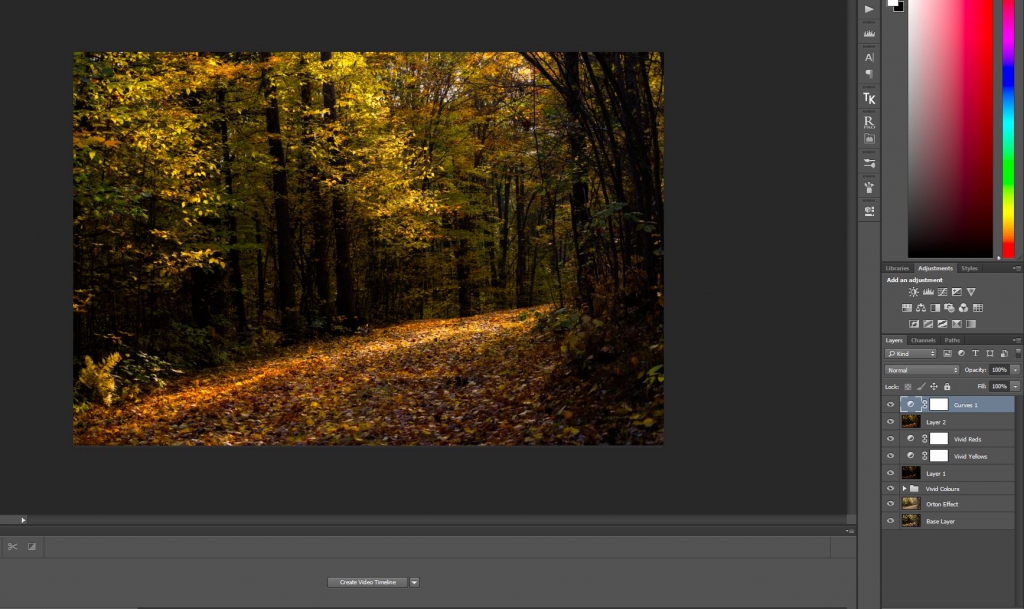

VOLUME: 18 Mbits: x16 repeats = 300 Mbits/hour = 1200 Mbits/4 hours)ġ. pair), Fe XV, Fe XVI, Fe XVII, Ca XV (dens. LINES: He II, O V, O VI, Mg VI, Mg VII, Fe VIII, Fe X, Fe XI, Fe XII (dens. This study is also a potential candidate for use in response to the EIS flare trigger.ĮIS Study Acronym: QUB_HI-CAD_FLARE_2S-EXP_104"x104" It is based on the early CAM_ARTB_RHESSI_* studies which have been successful in diagnosing the chromospheric response during flares, over a broad range of temperatures simultaneously, while preserving the spatial information (Milligan & Dennis 2009, Del Zanna et al. The study comprises many emission lines formed over a broad range of temperatures (0.05-18 MK), including 4 pairs of density sensitive line ratios. EIS will provide Doppler and nonthermal velocity maps at the flare footpoints at temperatures higher than what is achievable from the ground. The proposed EIS study (QUB_HI-CAD_FLARE_2S-EXP_104"x104") comprises 16 repeats of the QUB_HI-CAD_FLARE_V1 raster, totalling approximately 1 hour, and will compliment ROSA and IBIS observations by determining the dynamic response of the upper chromosphere. From the data obtained by this HOP we aim to undertake a thorough investigation of the flaring chromosphere, including the origin of white light emission, by comparing co-ordinated observations from ROSA, IBIS, Hinode, RHESSI, SDO, and other GBOs, with theoretical predictions. It is a common user instrument at the Dunn Solar Telescope (DST) in Sunspot, New Mexico and incorporates 6 cameras, each synchronised to 50 microseconds, with filters in Ca II K, H-alpha, 35 continua, G-band, as well as the Fe I line. The ROSA instrument is now able to image the solar atmosphere on these intrinsic timescales.

This model predicts a specific response of both line and continuum emission on sub-second timescales to varying parameters of injected electron beams. (2005) provides one of the most comprehensive simulations of chromospheric heating by relativistic electrons to date. The radiative hydrodynamic model of Allred et al. The chromosphere is also understood to be the source of the hot, dense plasma that causes the dramatic brightening in coronal flare loops through the process of chromospheric evaporation. The chromosphere is also the location of hard X-ray footpoint sources – the bremsstrahlung emission that is the diagnostic for the nonthermal electrons, and thus a major clue to the fundamental process of particle acceleration and flare energization. This radiation is believed to be driven by electrons (and possibly ions) accelerated during flares, and provides a crucial diagnostic for the energy deposition. The chromosphere is the primary radiating source during flares, with the majority of flare energy emerging in the form of optical/UV lines and continua. The scientific goal of this study is to determine the chromospheric response to nonthermal electrons, at multiple wavelengths simultaneously, during the initial stages of solar flares.


 0 kommentar(er)
0 kommentar(er)
